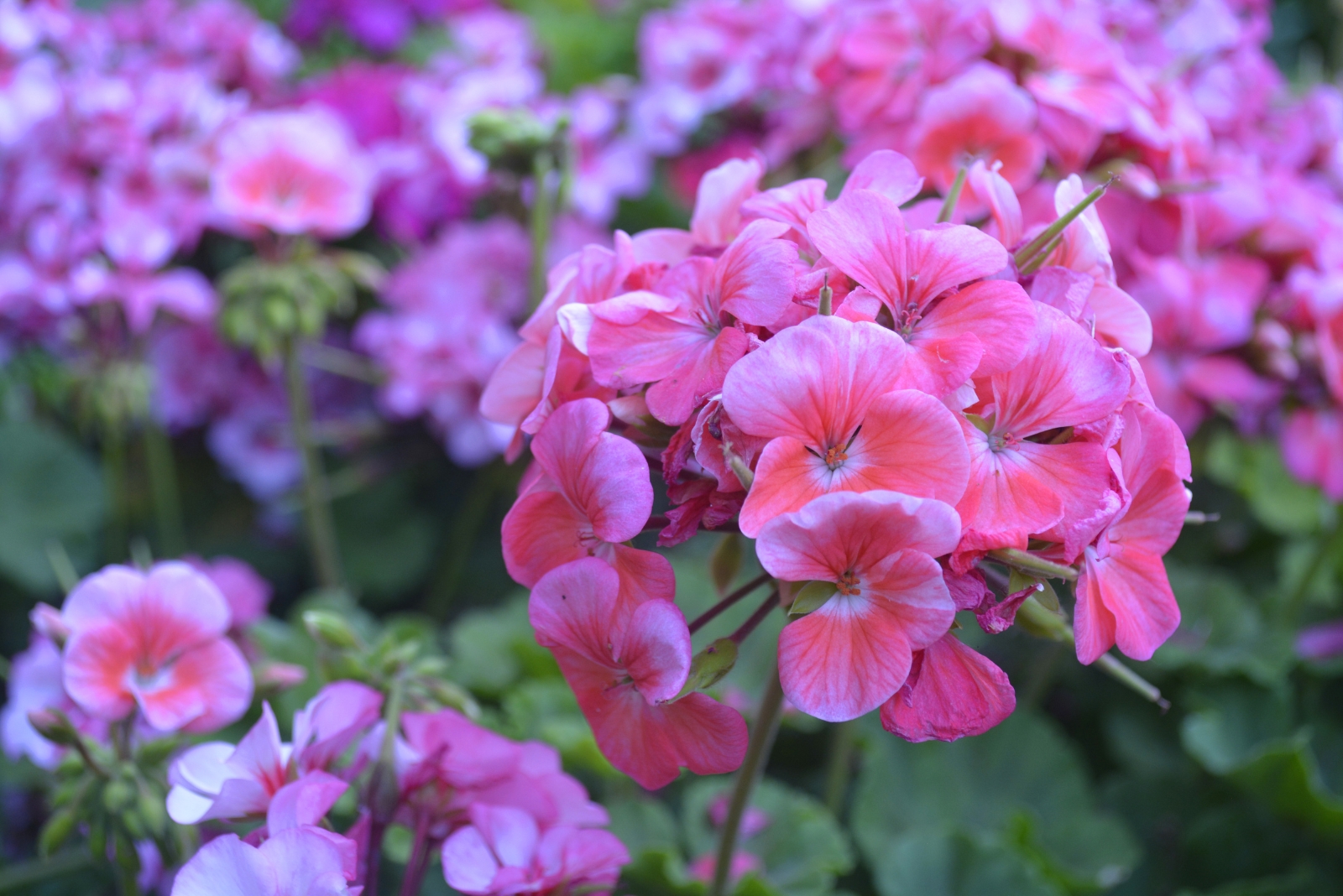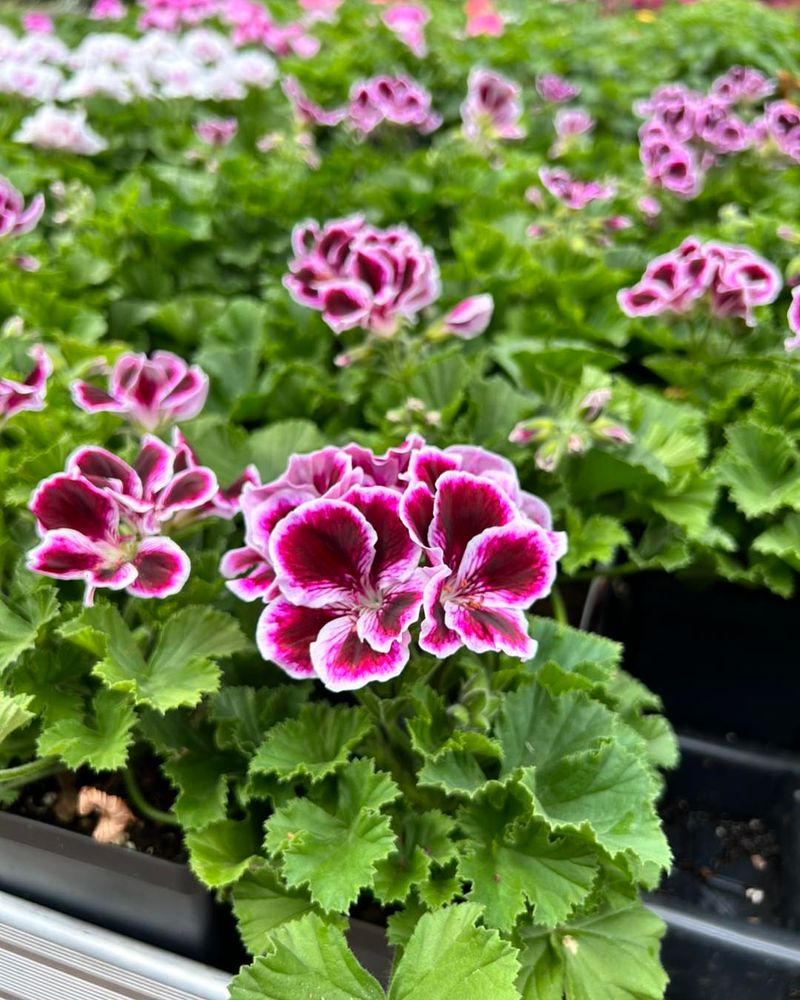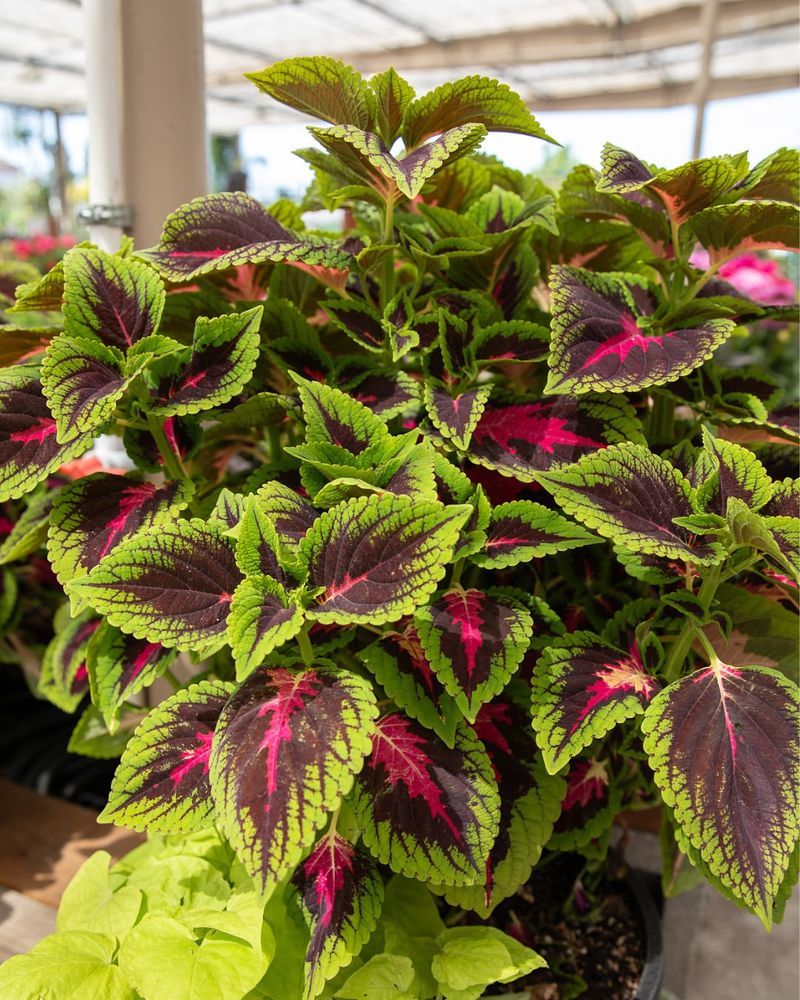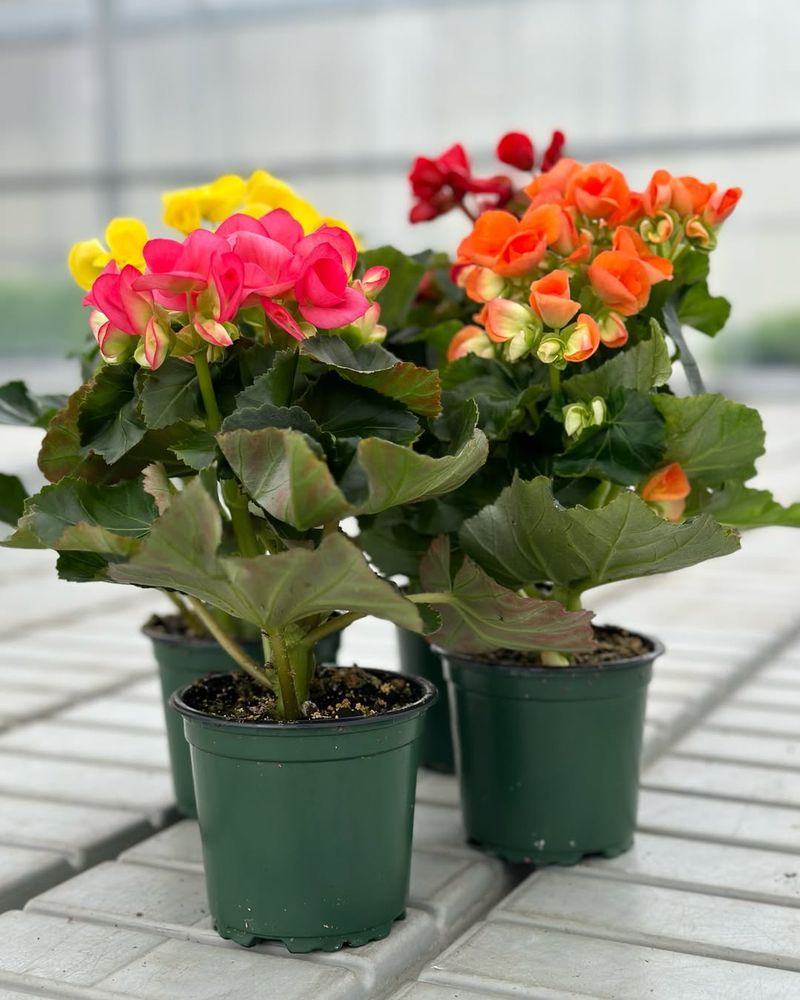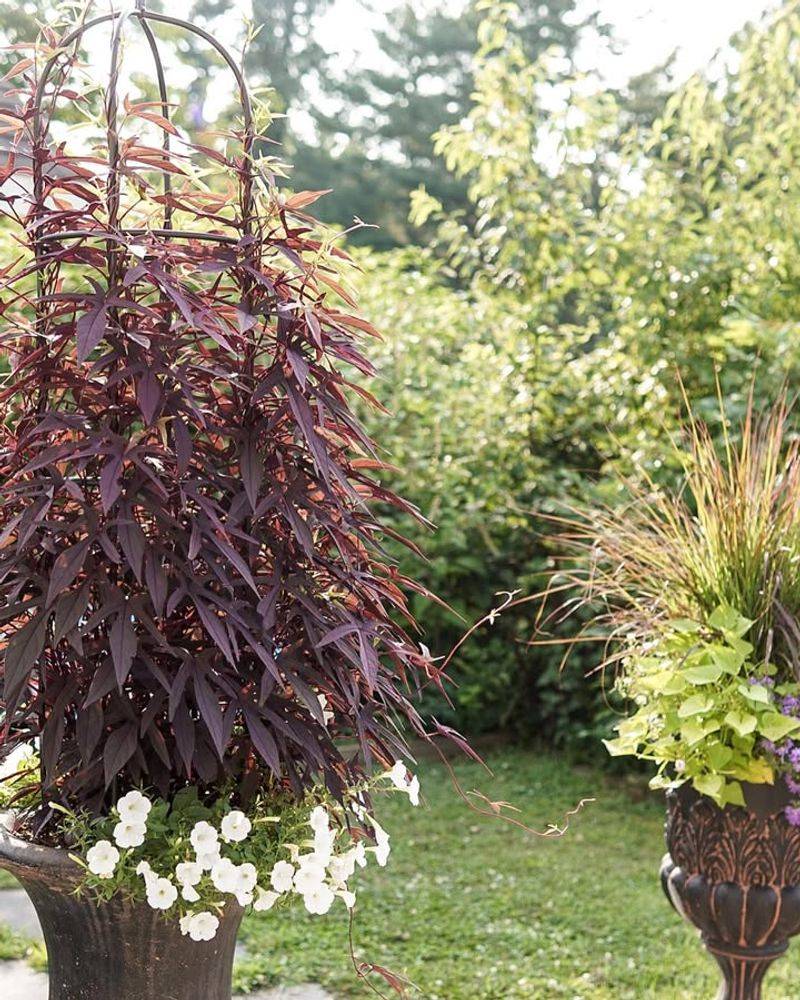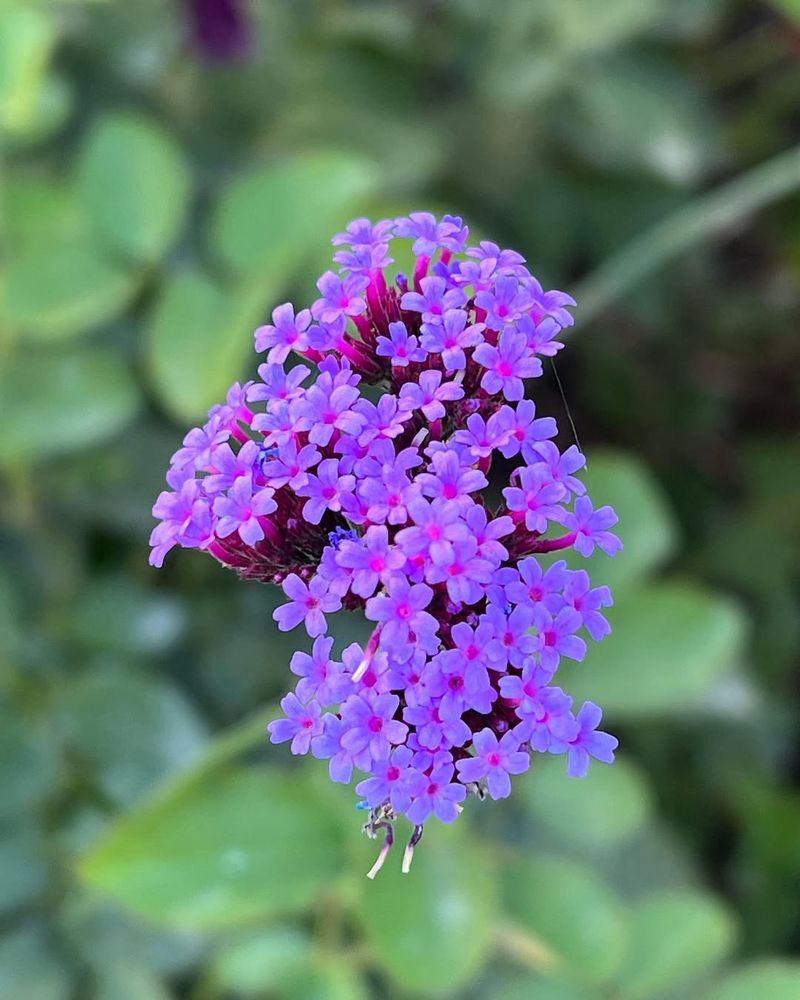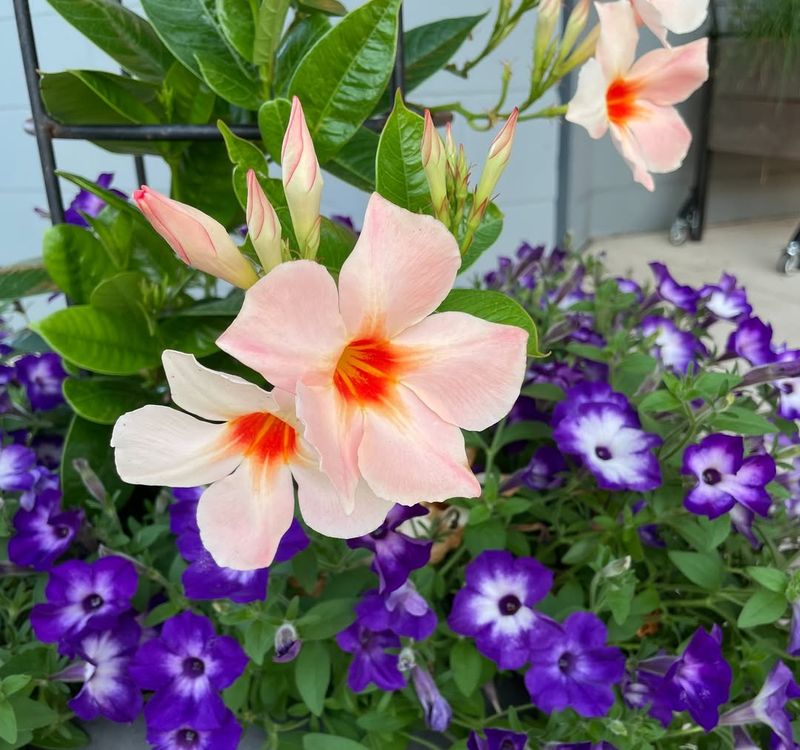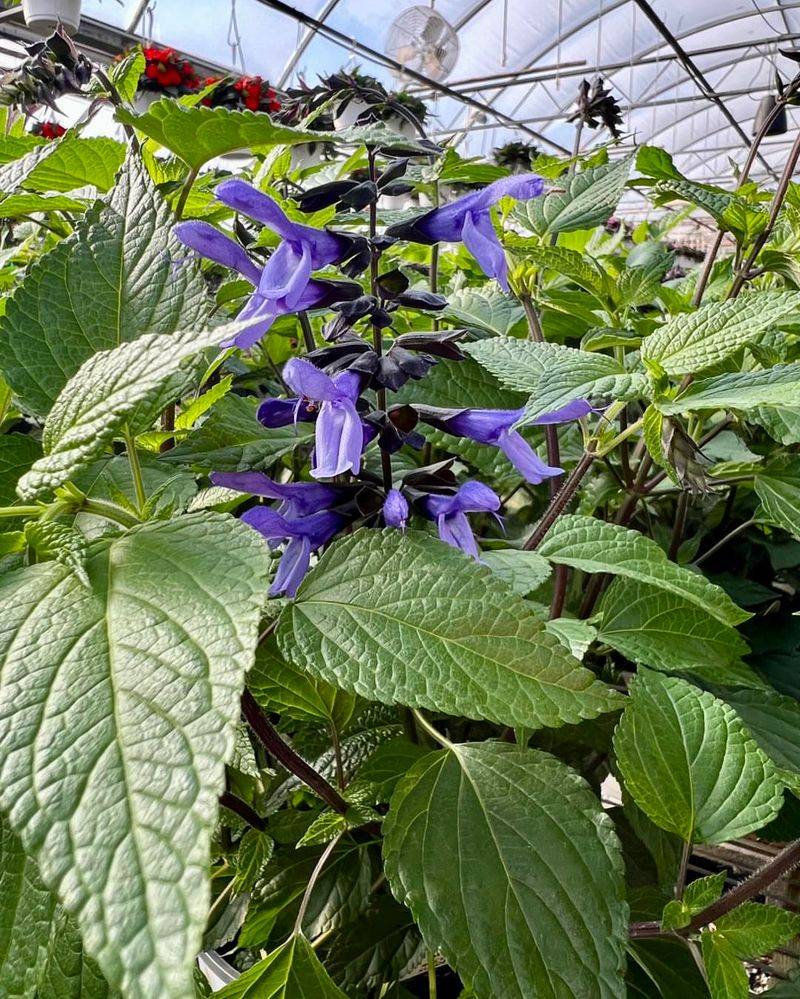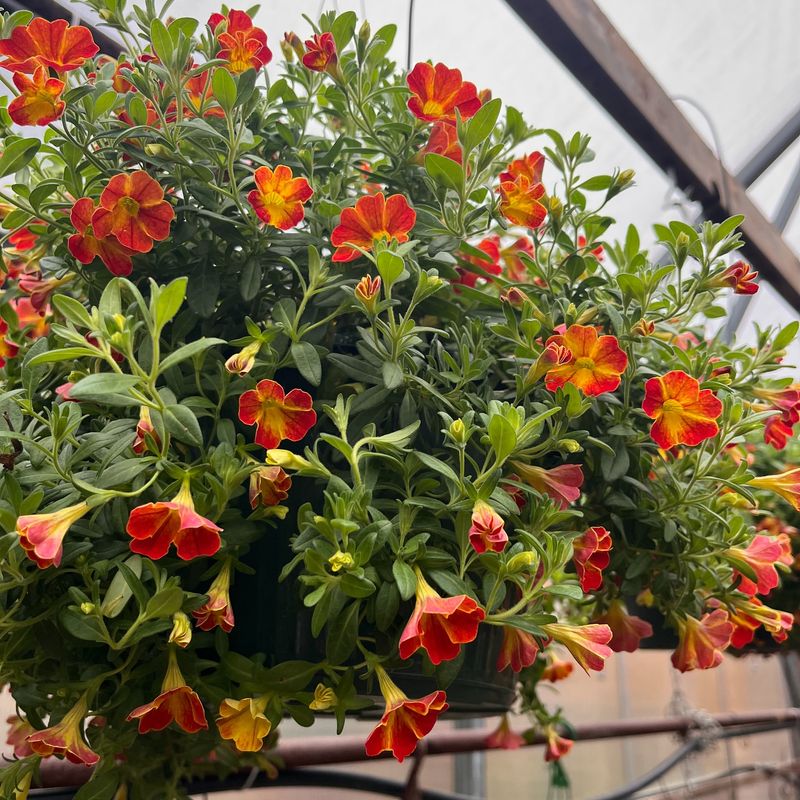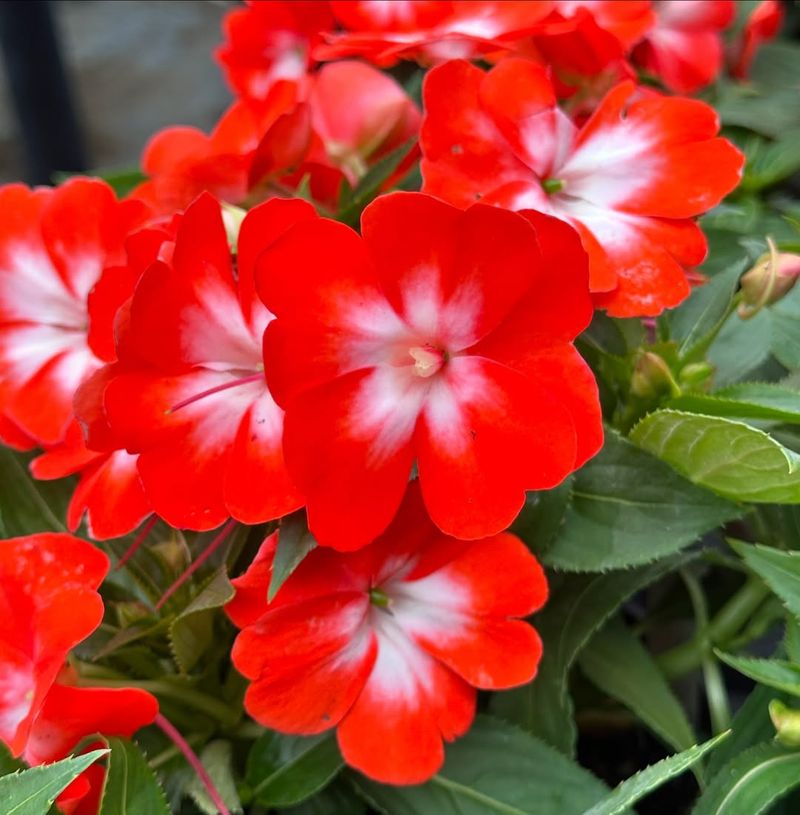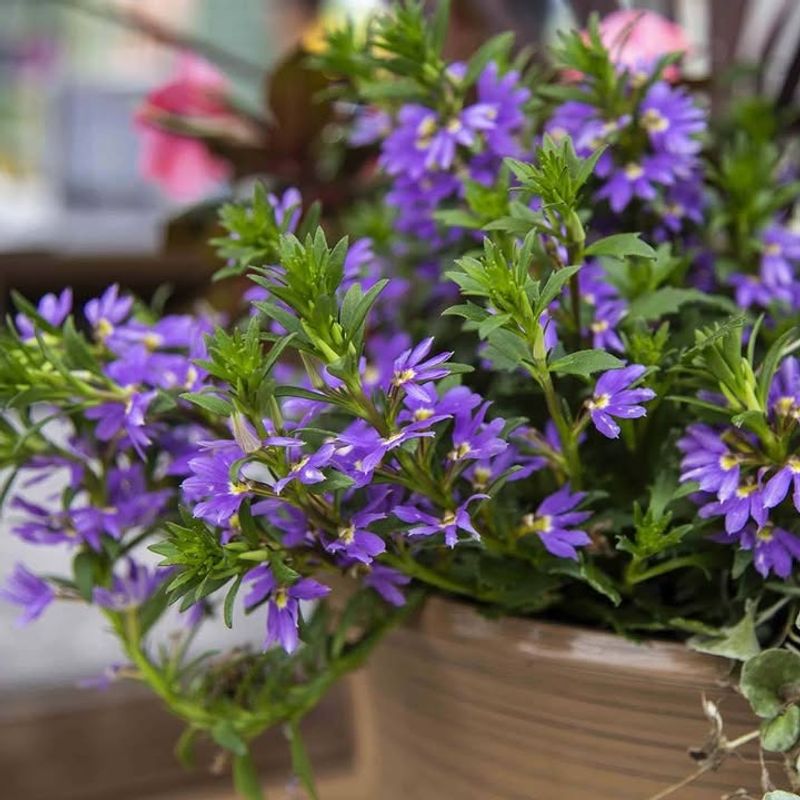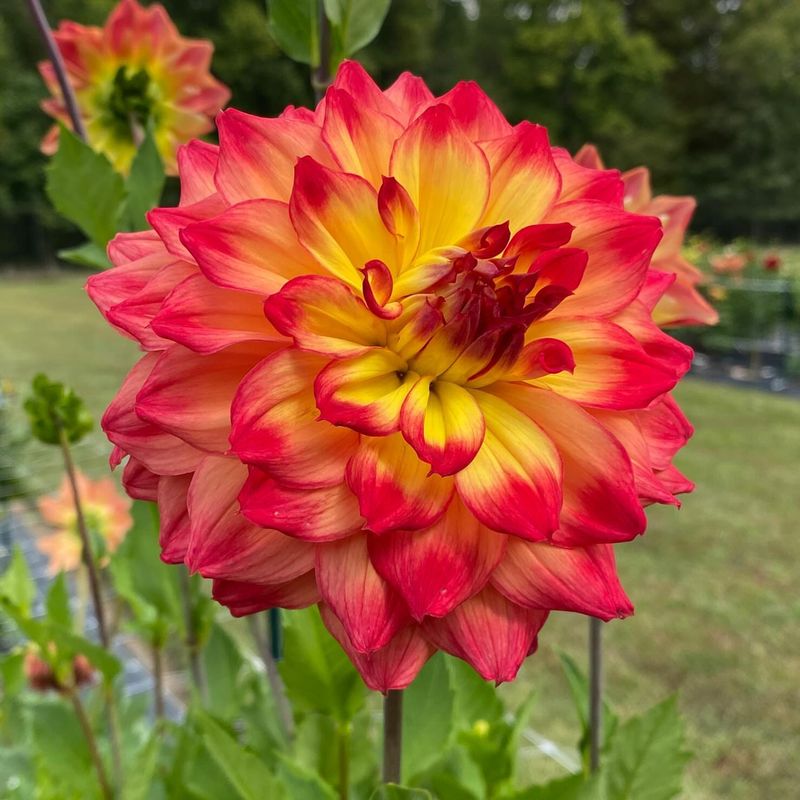Michigan gardeners have a secret to keeping favorite plants going strong year after year—cuttings. I started taking mine indoors a few seasons ago, and now I never lose a single variety.
It’s a fun, budget-friendly trick that makes the garden feel full even in winter. You’ll be amazed at how easy it is to keep your favorites alive with just a few snips.
1. Geraniums
Geraniums bring splashes of color to Michigan gardens all summer long, but they won’t survive outdoors once temperatures drop. Taking cuttings in late summer is surprisingly simple and gives you free plants for next year.
Snip four-inch stems just below a leaf node, remove lower leaves, and place them in water or moist potting soil. Within a few weeks, roots will develop.
Keep your cuttings near a sunny window throughout winter, watering when the soil feels dry. By spring, you’ll have healthy plants ready to return outdoors.
2. Coleus
With leaves that look like living artwork, coleus plants add drama to shaded garden spots across Michigan. These tropical beauties can’t handle cold, but cuttings root faster than almost any other plant.
Cut stems about three to five inches long and strip off the bottom leaves before placing them in a glass of water. You’ll see roots sprouting within just a week or two.
Transfer rooted cuttings to small pots and keep them in bright, indirect light indoors. Come spring, you’ll have gorgeous plants without spending a dime.
3. Begonias
Begonias offer non-stop blooms from spring until Michigan’s first hard freeze arrives. Rather than letting these cheerful plants die, many gardeners bring them inside as cuttings.
Select healthy stems with several leaves and make clean cuts with sharp scissors or pruners. Place cuttings in water or directly into moist potting mix for best results.
Begonias prefer consistent moisture and moderate light during winter months. By maintaining indoor cuttings, you’ll preserve your favorite varieties and enjoy continuous blooms year-round in your Michigan home.
4. Impatiens
Impatiens light up shady corners of Michigan gardens with their cheerful blooms and easy-going nature. These shade-lovers root incredibly easily from cuttings, making them perfect for overwintering.
Take three to four-inch stem cuttings before frost threatens, removing any flowers or buds. Place them in water on a windowsill, and roots will appear within days.
Once roots reach an inch long, pot them up in small containers. Your impatiens will bloom indoors all winter, bringing summer memories to your Michigan home during snowy months.
5. Sweet Potato Vine
Those gorgeous trailing vines spilling from your containers don’t have to die when Michigan temperatures plummet. Sweet potato vines are actually super easy to overwinter from cuttings.
Snip off six-inch sections of vine and place them in a jar of water. They’ll develop roots quickly, often within a week or two.
Keep your rooted cuttings in bright light throughout winter, changing the water weekly. Michigan gardeners love this trick because sweet potato vines can be expensive to replace each spring, and cuttings grow vigorously once planted outdoors again.
6. Fuchsia
Fuchsias dangle their elegant, two-toned flowers like tiny ballerinas throughout Michigan summers. These stunning plants are worth saving, and cuttings taken in fall will reward you next season.
Choose young, flexible stems rather than woody ones for best rooting success. Make clean cuts and remove lower leaves before inserting stems into moist potting soil.
Fuchsias need cool temperatures and moderate light during winter dormancy. Many Michigan gardeners keep them in basement windows where conditions stay perfect for these temperamental beauties until warmer weather returns.
7. Lantana
Butterflies can’t resist lantana’s colorful flower clusters that brighten Michigan gardens all summer. Though these tropical plants won’t survive freezing temperatures, cuttings preserve your favorites easily.
Take four to six-inch cuttings from healthy stems in late summer. Remove flowers and lower leaves, then insert stems into well-draining potting mix.
Lantana cuttings root best with warmth and humidity, so covering them loosely with plastic helps. Keep them in a sunny Michigan window throughout winter, watering sparingly. By spring, you’ll have vigorous plants ready to attract pollinators again.
8. Verbena
Verbena carpets Michigan gardens with clusters of tiny flowers that bloom relentlessly until frost. These tough plants handle heat and drought beautifully, and cuttings root reliably indoors.
Select non-flowering stems for best results, cutting just below a leaf node. Strip off lower leaves and plant several cuttings together in one pot for fuller plants.
Verbena needs plenty of sunlight during winter months to stay healthy. Michigan gardeners appreciate how quickly these cuttings establish, often blooming indoors before spring arrives and providing cheerful color during dreary winter days.
9. Mandevilla
Those stunning trumpet flowers climbing your Michigan porch deserve to be saved! Mandevilla vines are tropical treasures that can’t handle cold but root beautifully from cuttings.
Cut six-inch sections of vine in early fall, making sure each piece has several leaf nodes. Remove lower leaves and flowers, then place cuttings in water or moist potting soil.
Mandevillas need warmth and bright light to thrive indoors during Michigan winters. Keep the soil consistently moist but not soggy. With proper care, your cuttings will reward you with blooms even during snowy months.
10. Salvia
Salvia’s tall flower spikes draw hummingbirds to Michigan gardens like magnets. While some varieties are perennial, many tender types need protection from harsh winters through cuttings.
Take cuttings from soft, new growth rather than woody stems for best success. Make cuts about four inches long and remove lower leaves before rooting in water or soil.
Salvia cuttings appreciate bright light and good air circulation during winter. Michigan gardeners find these cuttings grow quickly, often developing into substantial plants by spring. The reward is watching hummingbirds return to your salvias each summer.
11. Calibrachoa
Often called million bells, calibrachoa produces tiny petunia-like flowers that cascade beautifully from Michigan containers. These prolific bloomers are worth overwintering, though they require a bit more attention.
Take cuttings in late summer before Michigan’s first frost threatens. Use three to four-inch stem tips, removing flowers and lower leaves carefully.
Root cuttings in well-draining soil and keep them in bright light with moderate moisture. Calibrachoa can be finicky indoors, preferring cooler temperatures around sixty degrees. Successfully overwintered plants will explode with blooms when returned outdoors in spring.
12. New Guinea Impatiens
Bigger and bolder than regular impatiens, New Guinea varieties boast large flowers and stunning foliage that brighten Michigan gardens. These beauties root easily, making them perfect candidates for overwintering.
Cut healthy stems about four inches long, removing any flowers to direct energy toward root development. Place cuttings in water or directly into potting soil.
New Guinea impatiens need more light than their cousins, so place them in the brightest Michigan window available. They’ll continue blooming indoors throughout winter, providing a cheerful reminder that spring will eventually return to your garden.
13. Scaevola
Scaevola’s unique fan-shaped flowers add an unusual touch to Michigan gardens, blooming tirelessly in heat and sun. Also called fan flower, this Australian native roots readily from cuttings.
Take three to five-inch cuttings from healthy stems, making cuts just below leaf nodes. Remove lower leaves and any flowers before rooting in moist potting mix.
Scaevola prefers bright light and slightly drier conditions during winter months in Michigan homes. These cuttings often bloom sporadically indoors, giving you glimpses of summer beauty. Come spring, they’ll explode with growth when returned to outdoor containers.
14. Dahlia
Dahlias produce show-stopping blooms that make Michigan gardeners swoon from summer through fall. While most people dig up tubers, taking cuttings offers another preservation method that multiplies your plants.
Cut young shoots in spring or take stem cuttings in late summer before frost. Each cutting should be three to four inches with several leaves attached.
Root dahlia cuttings in moist soil with bottom heat if possible for best results. Michigan gardeners who master this technique can create dozens of plants from a single favorite dahlia, filling gardens with spectacular blooms without buying expensive tubers.

